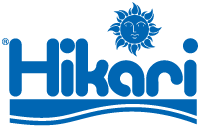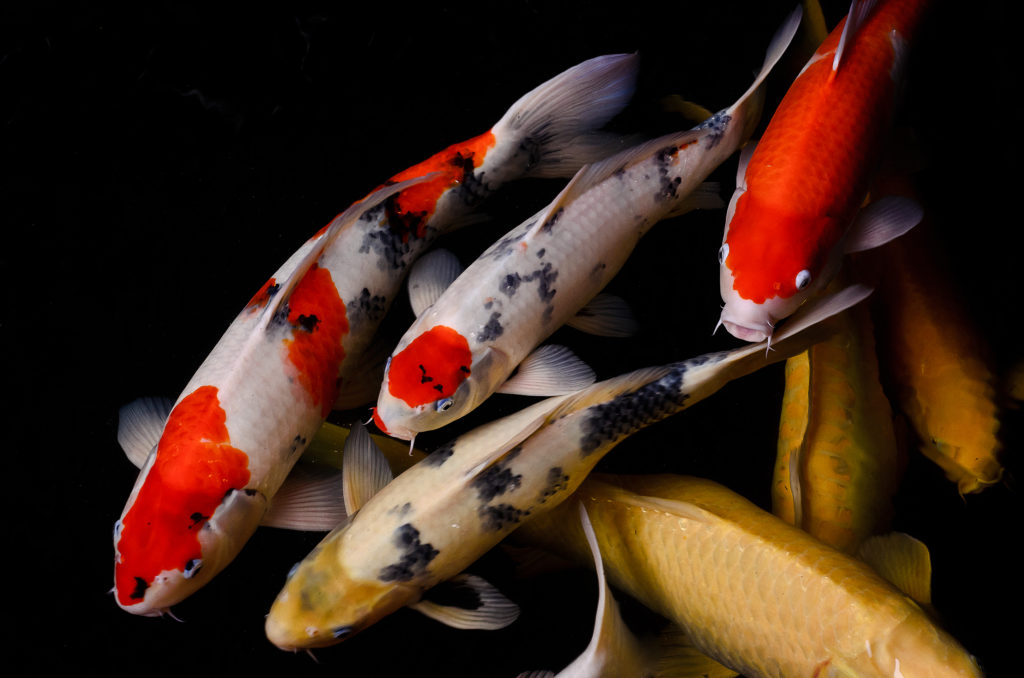If you are an avid koi keeper, chances are that you are familiar with your koi’s changing needs from season to season. If you are relatively new, or have recently changed your pond type or size, there are a few things you should consider that could help you provide optimal care for your pond pets. Late spring and summer can be rewarding seasons to sit by your pond and enjoy its inhabitants. Unfortunately, the warmer temperatures do bring about several negative and potentially harmful effects.
Impacts of High Temperatures
Warmer weather and rapid front movement can bring quicker evaporation rates. Since a lower volume of water in your pond can easily overload its ability to support the normal fish load, you’ll need to stay vigilant and check water levels more frequently.
During the summer months, the oxygen levels in your pond environment can drop precipitously and without warning. This can make it difficult for your koi to breath. To avoid this, perform regular, more frequent water changes to maintain the perfect balance and higher levels of bioaction. The summer months make a great time of year to employ features such as waterfalls or small fountains to keep your water movement high and oxygen rich. You also want to be sure some area of your pond is shaded to allow the fish a respite from the sun and to help keep the overall water temperature lower.
Lastly, you’ll want to ensure that no excess yard waste or grass clippings make their way into your water since debris buildup can exacerbate oxygen depletion. Being sure your skimmer is working constantly and skimming the surface frequently can help maintain clear water and help you stay ahead of the curve.
Feeding Schedule
It’s important to remember that higher water temperatures are as problematic to pond pets as lower water temperatures. When the water temperature climbs above 80° F the metabolism of your fish starts to decline, just like it would if it dropped below 65° F. You want to be sure you are feeding a food that the fish can more readily digest while the water remains above this level. A wheat-germ based food is a great option. Consistent water temperatures between 68° F and 78° F are perfect for feeding higher protein growth or color enhancing diets. During this time of year is when you want to help your fish put on weight and the longer days and more sunlight are perfect for dialing in their color. Remember that any uneaten food can rapidly and negatively impact your water quality. For this reason, you should only feed what your fish can consume within a few minutes. If you have the option, increase the number of feedings per day (not the total amount of food you are feeding) to help maintain higher metabolism and more efficient use of the food’s ingredients. We’ve found that koi do best eating smaller amounts more often rather than larger amounts less often.
Mixing Food
We at Hikari® spend lots of time and research dollars optimizing our diets and pushing the feed efficiency (the amount eaten versus what is fed) as high as possible. This nutrient balancing act can be totally disrupted when you mix foods into your offering that do not offer this. Essentially you are taking a finely balanced nutrient profile and making it less so. This is something you want to avoid as you are not getting the maximum bang for your buck. If mixing is something you like to do, try to stay in the same food family to improve your overall results.
If you have any pond related questions, let us know. At Hikari®, we’ve got many decades of experience to draw from to help you and your pond pets!

